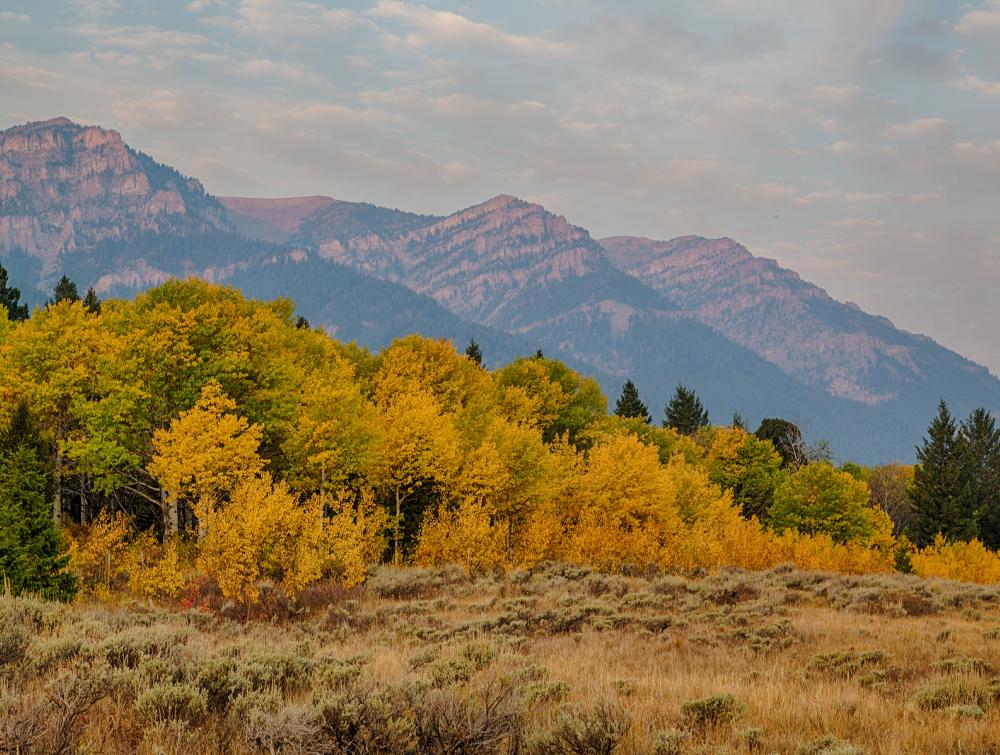Conservation Funding FAQs

Centennial Mountains Wilderness Study Area, Montana
Bob Wick, BLM
Funding for conservation helps to preserve public lands. This benefits local economies and ensures that we have ample opportunities for outdoor recreation.
Q: Where does federal conservation funding come from?
A: Conservation funding comes from the federal budget, whether through the president’s budget or the House and Senate budget. The federal government designates funds for conservation as part of the annual budget and appropriations process.
Q: What is conservation funding used for?
A: Federal funding for conservation programs helps:
- Protect new lands
- Monitor lands already protected
- Anticipate opportunities and challenges on public lands in the future
There are many ways the funds can be used, for example:
- Operations and management dollars in national parks
- Research and development dollars to assess the effects of climate change in refuges
- Funds devoted to acquiring new public lands through the Bureau of Land Management
These are just a few examples of how conservation funding is vital to protecting wild places.
Q: Why should I care about conservation funding?
A: Public land — land the federal government owns — benefits local communities and economies.
For example, according to the Outdoor Industry Association:
- Even during the recession, outdoor industry sales rose at a rate of 6% between January and August 2010.
- The economic value of hiking, bicycling, hunting, fishing and other outdoor recreation is $730 billion each year.
- The outdoor recreation industry supports 6.5 million jobs and represents 8% of total annual consumer spending.
- Tourists make an average of 174 million visits to national forests annually and spend nearly $13 billion on those trips.
- Retail sales and services generate $289 billion across the United States each year while generating $88 billion in state and national revenue as taxes.
Q: Can I vote on conservation funding issues?
A: Conservation issues often show up on ballots. As a voter, you can cast a vote on ballot measures that designate funds for conservation and public lands, such as parks, refuges, wilderness study areas and more.
Q: Is all conservation funding taxpayer supported?
A: Some conservation funds are not supported by taxpayer dollars. The Land and Water Conservation Fund (LWCF), for example, comes from revenues of off-shore oil and gas development. Every year, energy companies pay the federal government $900 million in royalties for drilling for oil and gas on the outer continental shelf. This goes to the LWCF.
Q: Does the federal government try to use conservation funds to buy private lands?
A: Sometimes private-property owners seek to conserve their lands for the public interest or sell for other reasons. In these cases, the government may use conservation funds to acquire lands.
Landowners can often benefit from these acquisitions while also promoting:
- Recreational access
- Water and habitat protection
- Historic and cultural protections
- Economic and community benefits
During a land acquisition process, many people weigh in with their views — local communities, members of the public and landowners. Land acquisitions do not typically occur where there is overriding opposition and they only proceed when landowners are willing sellers.
Q: Why does the federal government want to protect even more land?
A: Our country is developing, modernizing and growing at a rapid rate. We need open space and outdoor recreation opportunities more than ever.
Acquiring new federal lands ensures that future generations will have access to their favorite natural retreats and recreation opportunities — hunting, fishing, hiking, biking, camping and nature watching. Acquiring new public lands also helps to strengthen local communities and provide economic benefits through activities like tourism.
